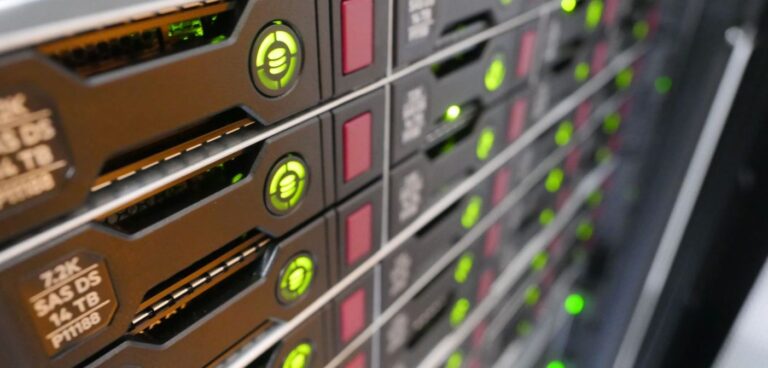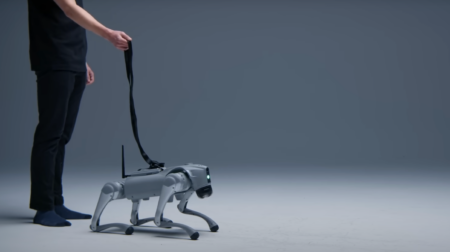Technology company Continental has claimed it has set an as-yet unmatched new milestone for the development of artificial intelligence (AI) thanks to use of a supercomputer that is reportedly “unrivalled” in the automotive industry.
The new supercomputer consists of more than 50 networked NVIDIA DGX units – with each one said to be worth as much as a luxury sports car. These have been working together in a data centre in Frankfurt am Main since early 2020.
From this new computer cluster, developers at various Continental locations around the world receive the computing power and storage needed for highly complex and data-intensive developments – including, in particular, those relating to AI. The new supercomputer is ranked according to the current list of TOP500 supercomputers as the top system in the automotive industry.
According to Continental, the networking of the unusually high-performance computer system is accelerating the development of future technologies in assisted, automated and autonomous driving.
“The supercomputer accelerates our development, which leads in terms of technology,” said Christian Schumacher, head of programme management systems in Continental’s Advanced Driver Assistance Systems business unit. “The high-end computer will be used in particular for innovative software disciplines such as deep learning and AI-driven simulations,” he explained.
“With the computing power we have now gained, we can develop the modern systems we need for assisted, automated and autonomous vehicles in a much quicker, more effective and more cost-efficient way,” continued Schumacher. “We use these to simulate real-life, physical test drives – and need fewer journeys actually on the road as a result. By doing so, we are significantly reducing the time required for programming, including the training of artificial neural networks.”
As a result, Continental said its developers are strengthening their expertise in deep learning – in which an artificial neural network enables machines to learn by experience and connect new information with existing knowledge, essentially imitating the learning process within the human brain.
Without supercomputers, several thousand hours of training involving millions of images and therefore enormous amounts of data are necessary to train a neural network. The high-performance computer now reduces the time needed for this process, taking it down from weeks to hours, said Continental.








